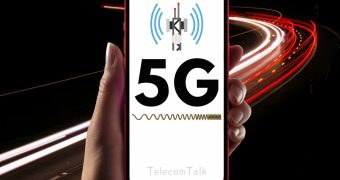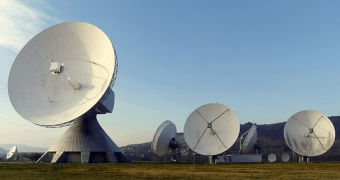Nokia Networks has unveiled a programmable 5G multi-service architecture that is capable to automatically adapt to radio access and core network resources to meet the needs of different services, traffic variations over time and location, and network topology, including transport. The architecture’s automatic and seamless adaptation to resources will result in instant response and rock solid connectivity.

The automatic adaptation is made possible by Self-Organizing Networks (SON) for transport solution in combination with a multivendor Software-Defined Networking (SDN) fabric control that acts across SDN domains. Nokia networks also introduces programmable APIs to the virtual core network elements to be able to adapt core network behavior in run time. This is a clear step forward as today’s elements require hours or even days to be re-configured.
“Nokia Networks is leading industry-wide 5G architecture work through various vehicles such as the 5G-Public Private Partnership (5G-PPP) project 5G NORMA (5G Novel Radio Multiservice adaptive network Architecture). With our cognitive and cloud-optimized architecture for the 5G era, we have outlined an end-to-end architecture that will allow unprecedented and cognitive customizability to meet stringent performance, security, cost, and energy requirements. It will fuel economic growth through new business models across vertical sectors, such as Network-as-a-Service for other industries to use network functions as they need them,” said Volker Ziegler, Chief Architect at Nokia Networks.
The operators will be able to offer network functions to any kind of industry under a Network-as-a-Service business model. Nokia’s new architecture uses a ‘system of systems’ approach to integrate and align the many different and independent parts of a network. This will deliver higher performance and more functionality as compared to today’s networks. Under the architecture, all networks will become software-defined.
Although the 5G is yet to be standardized, this holistic concept provides a clear view on what the future 5G architecture needs to be.















